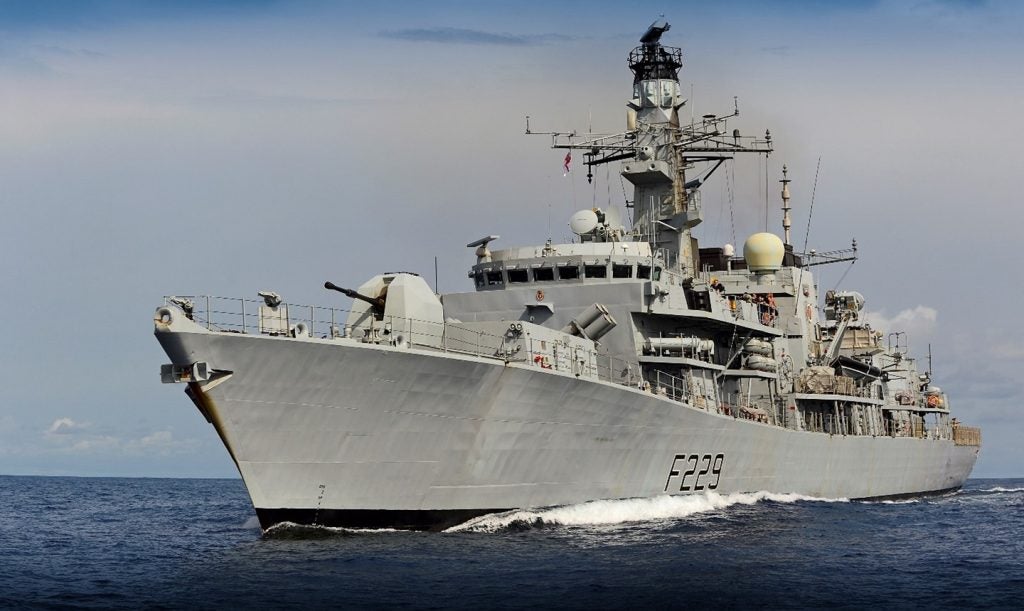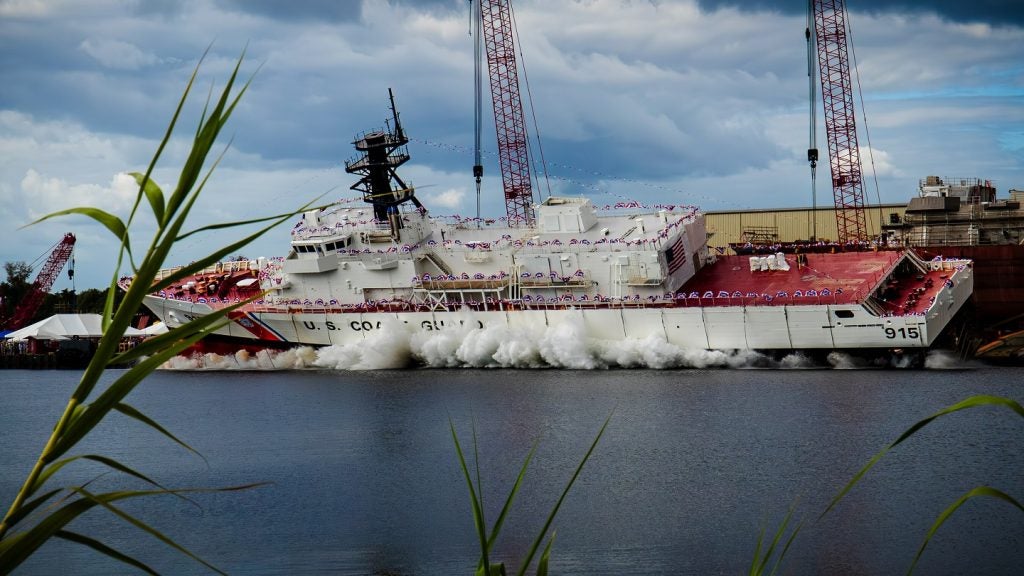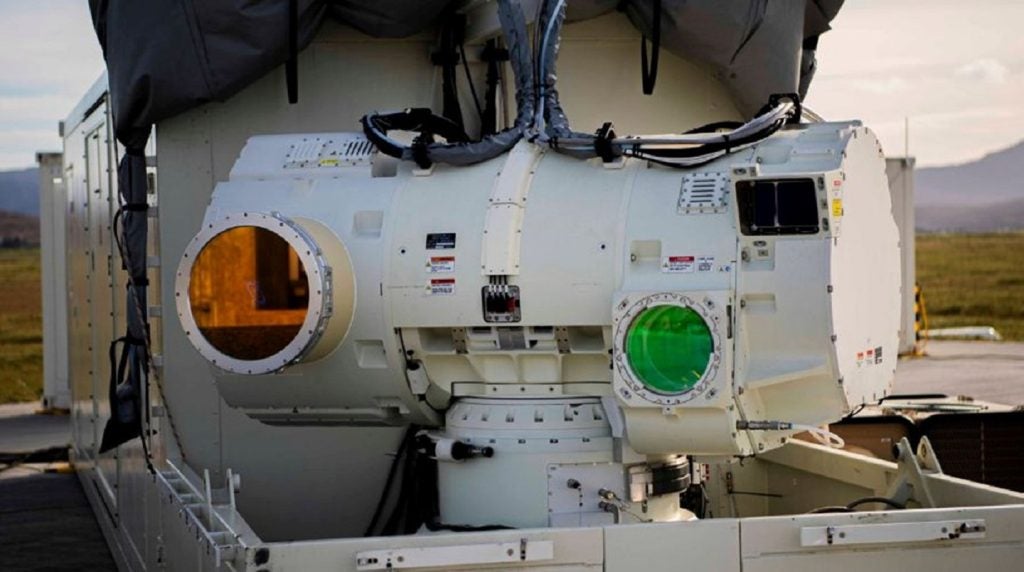
The US Naval Sea Systems Command (NAVSEA) has partnered with NASA astronauts and engineers to test a ‘next-generation’ technology.
Called ‘second-generation Diver Augmented Vision Display (DAVD) system’, the technology is designed to allow divers to enhance underwater task efficiency.
NASA currently uses the DAVD system at its 6.2 million gallons Neutral Buoyancy Laboratory (NBL) located near the Johnson Space Center in Texas, US.
It is now exploring its ‘potential use in NASA’s planned return to the moon’.
NAVSEA’s Supervisor of Salvage and Diving (SUPSALV) divers joined the NASA team at the Sonny Carter Training Facility.
The divers executed multiple dives between 24-26 February to test the US Navy’s Generation 2 DAVD system.
How well do you really know your competitors?
Access the most comprehensive Company Profiles on the market, powered by GlobalData. Save hours of research. Gain competitive edge.

Thank you!
Your download email will arrive shortly
Not ready to buy yet? Download a free sample
We are confident about the unique quality of our Company Profiles. However, we want you to make the most beneficial decision for your business, so we offer a free sample that you can download by submitting the below form
By GlobalDataSUPSALV Diving Systems programme manager Paul McMurtrie said: “This was our last check before we introduce the Generation 2 DAVD system to the fleet.”
Last year, the ‘first-generation DAVD system’ was delivered by the SUPSALV office in partnership with Naval Surface Warfare Center Panama City Division (NSWC PCD), Office of Naval Research (ONR), and Coda Octopus.
This system enabled divers to receive clear instructions via its high-resolution heads-up display (HUD) when completing complex tasks.
McMurtrie added: “The Sonny Carter facility is world-class and offers us the ability to test our system in a controlled environment where we can use NASA’s in-water mock-ups, whether it’s a simulated lunar surface or the International Space Station, to validate that we’re ready to deliver this capability to the fleet.
“This is a mutually-beneficial and collaborative effort, the navy gets to use this phenomenal facility, and NASA is able to train their astronauts using the DAVD system.”
NSWC PCD initially developed the DAVD system in conjunction with Navy and Industry partners.
Through an ONR, SUPSALV and OPNAV N97 Technology Transition Agreement and Future Navy Capability designator, the DAVD programme will work on the development of ‘second and third-generation capabilities’ in FY2020-FY2023.






